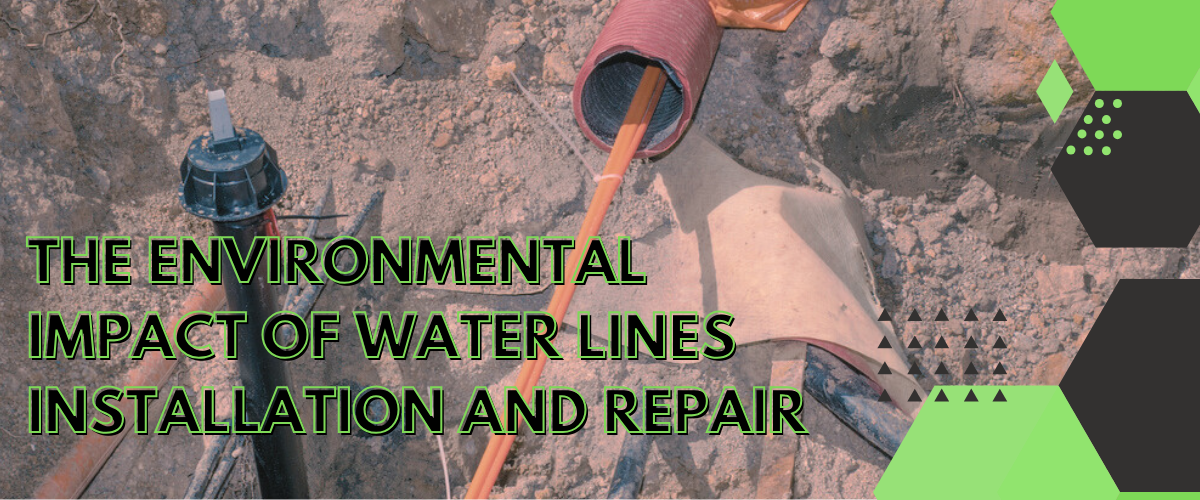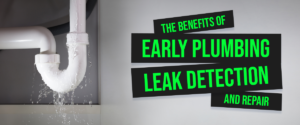Water Line Installation and Repair in Foundation Projects
Water is essential in our daily lives, and its efficient management is critical for sustainable living. One often overlooked aspect of water management is installing and repairing water lines, especially in foundation projects. This article delves into the significance of water line installation and repair in foundation projects and highlights their environmental impact on sustainability.
The central focus of this discussion is to examine the environmental implications of water line installation and repair in foundation projects, with a particular emphasis on promoting eco-friendly practices. In doing so, we aim to understand the importance of responsible water line installation and repair and how it contributes to a more sustainable future.
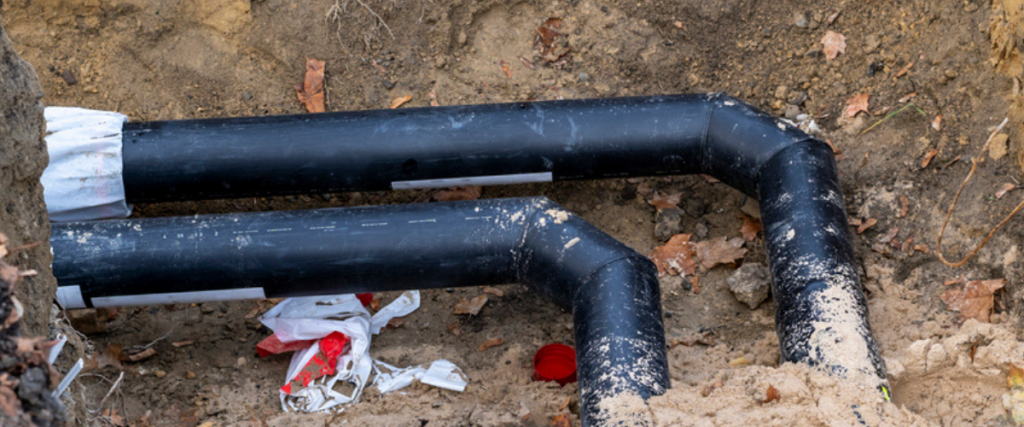
Water Line Installation and Repair in Foundation Projects
Water lines are crucial in foundation projects, ensuring proper drainage and moisture control. Efficient water management is essential in a foundation to prevent moisture-related damage, such as foundation settling, mold growth, or basement flooding. Adequately installed water lines are vital to maintaining the structural integrity of a building, making them an integral component of any construction project.
A. Methods and Techniques for Water Line Installation and Repair
Water line installation and repair involve various methods and techniques. These can include:
- traditional open trench installation
- horizontal directional drilling
- pipe bursting
- trenchless technology
The choice of method depends on the project’s specific requirements and environmental considerations.
B. Potential Environmental Challenges
Despite their importance, water line installation and repair can pose environmental challenges. These challenges primarily arise from the excavation process and the potential disruption to the surrounding ecosystem. Additionally, there is a risk of soil erosion and runoff during and after these processes, which can harm local water bodies and the environment.
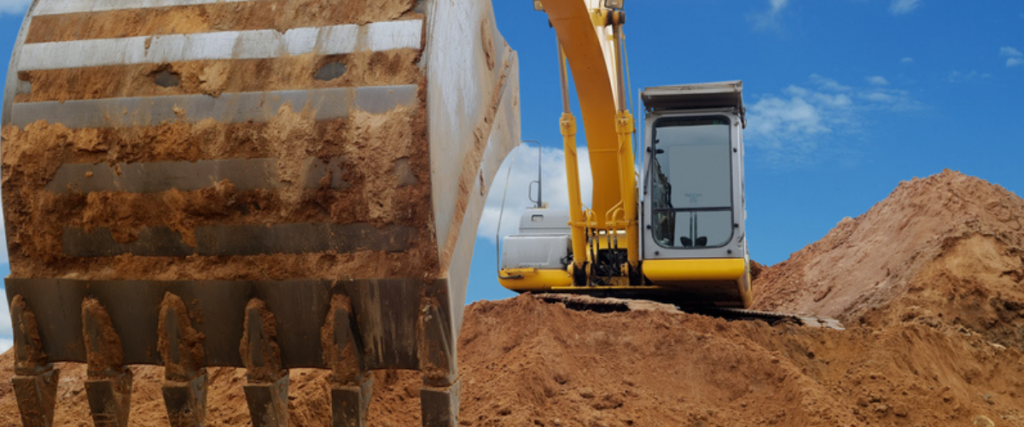
Environmental Concerns in Water Line Installation and Repair
Water line installation and repair can raise significant environmental concerns. These include the impact of excavation on surrounding ecosystems, potential disruption to wildlife habitats during construction, and the risk of soil erosion and runoff.
A. Excavation Process and Ecosystem Impact
The excavation process for water line installation and repair can significantly impact the surrounding ecosystem. It often involves digging trenches, which may disturb the natural habitat and cause harm to plants and wildlife in the area. Preservation of the environment during excavation is essential for maintaining the ecological balance.
B. Disruption to Wildlife Habitats
Construction activities related to water line installation and repair can disrupt wildlife habitats. Noise, vibration, and the presence of heavy machinery can force wildlife to leave their natural habitat or, in some cases, result in injury or death. Implementing responsible construction practices is essential to minimize these disruptions.
C. Risks of Soil Erosion and Runoff
Soil erosion and runoff during and after water line installation and repair can lead to sedimentation in local water bodies. This sedimentation can harm aquatic ecosystems and affect water quality. Proper erosion control measures and sediment management are necessary to mitigate these risks.
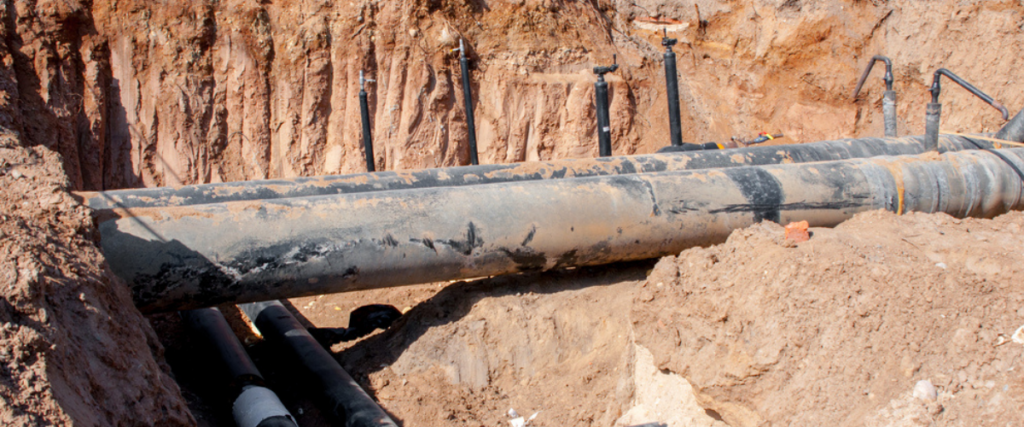
Sustainable Practices in Water Line Installation and Repair
Below are the sustainable practices in water line installation and repair. These practices aim to minimize the ecological footprint of water line projects and promote a more environmentally responsible approach to construction.
A. Use of Eco-Friendly Materials and Techniques
One way to address the environmental impact of water line installation and repair is through eco-friendly materials and techniques. Sustainable construction materials, such as recycled pipes and environmentally friendly coatings, can reduce the carbon footprint of these processes.
B. Benefits of Alternative Installation Methods
Alternative installation methods, like trenchless technology, can significantly reduce the environmental impact of water line installation and repair. These methods minimize the need for extensive excavation, which, in turn, reduces soil disturbance, disruption to ecosystems, and the risk of soil erosion.
C. Proper Waste Management and Disposal
Ensuring effective waste management and proper disposal of construction materials is essential to prevent the release of harmful substances into the environment. This includes properly disposing of old pipes and recycling materials wherever possible.

Conservation and Water Efficiency
Water conservation is vital in foundation projects to ensure responsible water usage. By conserving water, we reduce the environmental impact and help with cost savings for property owners in the long run.
A. Water-Efficient Fixtures and Technologies
Water-efficient fixtures and technologies, such as low-flow toilets and water-saving faucets, can significantly reduce building water consumption. These measures help minimize the water demand, thereby promoting sustainability.
B. Professional Plumbers and Sustainable Water Management
Professional plumbers are critical in promoting sustainable water management in foundation projects. Their expertise ensures that water lines are installed and repaired efficiently, focusing on eco-friendly practices and conservation.

Collaboration with Environmental Organizations
Foundation contractors can collaborate with environmental organizations to promote environmentally friendly water line installation and repair practices. Such partnerships can result in sharing knowledge and best practices, ultimately leading to more sustainable construction methods.
A. Benefits of Collaborative Initiatives
Collaborative initiatives between contractors and environmental organizations offer numerous benefits, including enhanced environmental awareness and the development of sustainable guidelines for water line installation and repair. These initiatives ensure that projects proceed with a reduced environmental impact.
B. Importance of Education and Awareness
Education and awareness play a vital role in promoting sustainable construction methods. By providing information and resources, construction professionals, environmental organizations, and government authorities can help stakeholders make informed choices that align with eco-friendly practices.
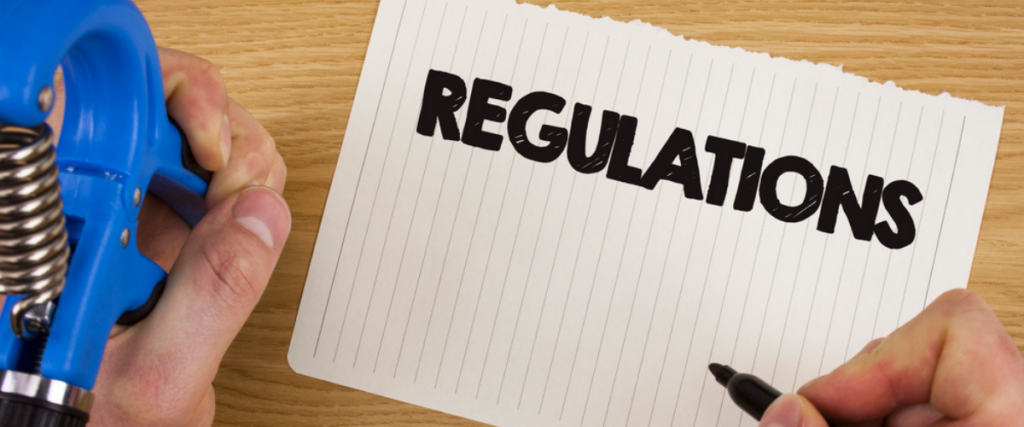
Government Regulations and Incentives
Many governments have recognized the importance of environmentally friendly construction practices and have established regulations and incentives to encourage compliance. These regulations often address water conservation, responsible waste disposal, and soil erosion control. Government authorities are crucial in promoting sustainable water line installation and repair in foundation projects. They enforce regulations, offer incentives, and provide resources to ensure contractors adopt green construction practices.
Contractors who comply with green construction requirements can enjoy several benefits, including:
- access to incentives
- improved project reputation
- a reduced environmental impact
Complying with regulations also helps contractors meet the growing demand for sustainable construction.
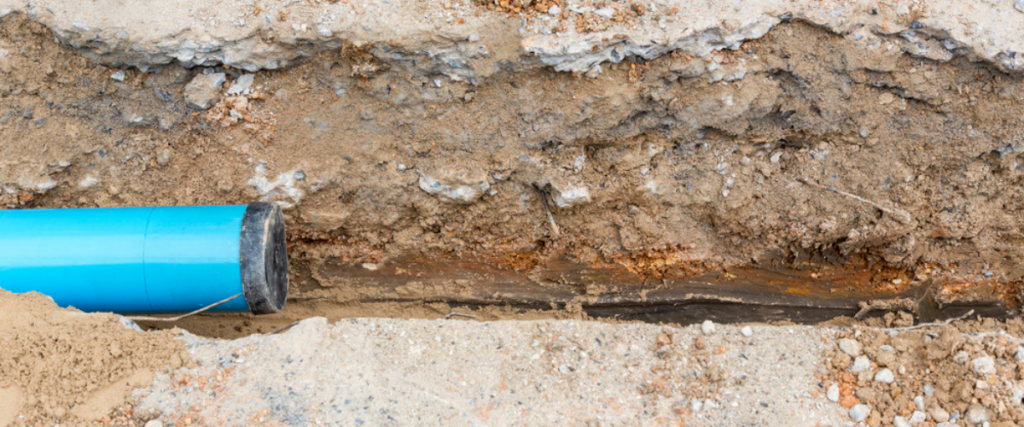
Preserving Our Planet, One Pipe at a Time.
The installation and repair of water lines are integral to the success and sustainability of foundation projects. However, the environmental implications of these processes must be addressed. The excavation process, ecosystem disruption, and the risk of soil erosion and runoff all underscore the importance of responsible water line installation and repair. To mitigate these concerns, you must adopt sustainable practices. Also, water conservation and using water-efficient fixtures and technologies are essential in minimizing the environmental impact of foundation projects.
Ultimately, we must not underestimate the significance of water lines in foundation projects. However, their installation and repair should be approached with a keen eye on environmental sustainability, ensuring that the benefits of these essential components do not come at the cost of our planet. Responsible practices, education, and awareness are the keys to a brighter, more eco-friendly future in water line installation and repair in Bessemer, AL.
Resources:
- Hekmati, N., Rahman, M.M., Gorjian, N. et al. Relationship between environmental factors and water pipe failure: an open access data study. SN Appl. Sci. 2, 1806 (2020). https://doi.org/10.1007/s42452-020-03581-6
- Kaushal V, Najafi M. Comparative Assessment of Environmental Impacts from Open-Cut Pipeline Replacement and Trenchless Cured-in-Place Pipe Renewal Method for Sanitary Sewers. Infrastructures. 2020; 5(6):48. https://doi.org/10.3390/infrastructures5060048
